Chordata

Northern Pike
Esox lucius

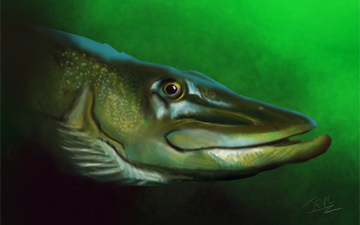
9 POINTS
• Esox lucius has a MOVE of 2.
• Can be found in brackish and freshwaters of Canada and the United States.

Peregrine Falcon
Falco peregrinus

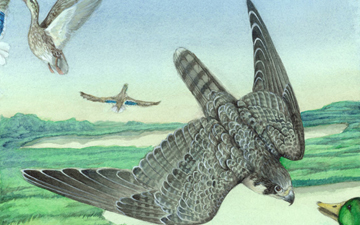
6 POINTS • Falco peregrinus has a FLIGHT of 2. Falco peregrinus became endangered before the 1970’s due to DDT usage.

Bull
Bos taurus

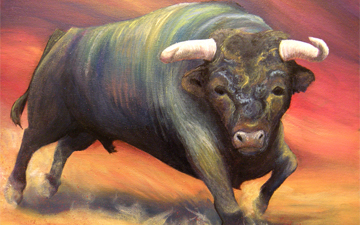
4 POINTS
• Bos taurus has a MOVE of 2. A wild, young, unmarked bull is known as a micky in Australia.

Scarlet Macaw
Ara macao

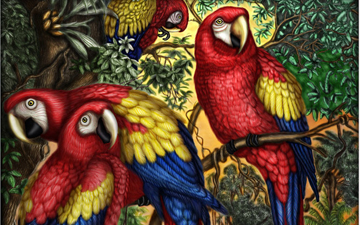
5 POINTS
• Ara macao has a FLIGHT of 2.
• Ara macao make very loud, high & sometimes low-pitched, throaty sounds that can be heard from many miles away.

African Sacred Ibis
Threskiornis aethiopicus


9 POINTS • Threskiornis aethiopicus has a FLIGHT of 2. • Threskiornis aethiopicus must be placed adjacent to at least one WATER based containing card.

Nine-banded Armadillo
Dasypus novemcinctus

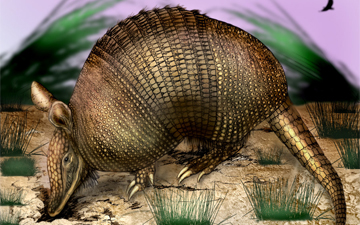
6 POINTS • Dasypus novemcinctus has a MOVE of 2. Unlike some other armadillos, Dasypus novemcinctusi cannot roll itself into a ball.